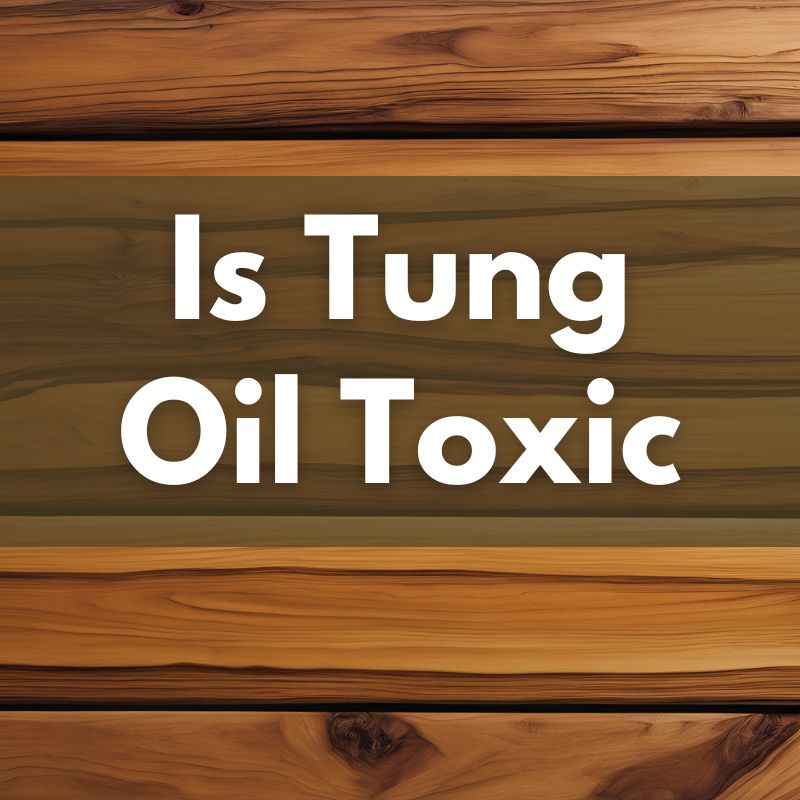
Is Tung Oil Toxic? Understanding the Safety of Tung Oil
Tung oil, derived from the seeds of the tung tree (Vernicia fordii), is a popular natural finish for wood and other surfaces. Known for its durability and water resistance, tung oil has been used in various applications, from furniture finishing to painting. While it is favored for its environmentally friendly properties compared to synthetic finishes, understanding its toxicity and safety is crucial for proper handling.
What is Tung Oil?
Tung oil is a drying oil that penetrates wood surfaces, hardening to form a protective finish. It has been used traditionally in woodworking, particularly for its ability to enhance the natural beauty of wood while providing a durable, water-resistant coating.
Toxicity Concerns
**1. Raw Tung Oil:
- Ingestion: Raw tung oil is generally considered non-toxic if ingested in small amounts. However, consuming large quantities can cause gastrointestinal discomfort or other health issues.
- Inhalation: Breathing in fumes from raw tung oil may irritate the respiratory system. Prolonged or excessive inhalation can lead to respiratory issues.
**2. Tung Oil with Additives:
- Chemical Additives: Some commercially available tung oils contain additives, such as solvents or drying agents, which can be toxic. Always check the product label for additional ingredients and follow safety guidelines.
- Fumes: Tung oil mixed with chemicals may release fumes that can be harmful if inhaled. Proper ventilation is essential when using these products.
**3. Cured Tung Oil:
- After Curing: Once tung oil has dried and cured, it is generally considered safe and non-toxic. The curing process involves the oil polymerizing and hardening, which reduces its volatility and potential for off-gassing.
- Surface Contact: Cured tung oil is typically safe for contact with skin and food surfaces. However, if you have sensitive skin or allergies, it’s a good idea to monitor for any reactions.
Safety and Handling Tips
**1. Ventilation:
- Always use tung oil in well-ventilated areas to avoid inhaling fumes, especially during the application and drying process. Open windows and use fans if necessary.
**2. Protective Gear:
- Wear protective gloves and a mask when applying tung oil, especially if you’re using products with added chemicals. This helps minimize skin contact and inhalation of fumes.
**3. Storage:
- Store tung oil in a cool, dry place, away from direct sunlight and heat sources. Ensure containers are tightly sealed to prevent spills and contamination.
**4. Disposal:
- Dispose of used rags and applicators properly, as they can spontaneously combust if left in a pile. Store them in a metal container with water or take them to a hazardous waste disposal facility.
**5. Read Labels:
- Always read and follow the manufacturer’s instructions on the product label. This includes recommendations for safe use, handling, and disposal.
Conclusion
Tung oil, particularly in its raw form, is generally considered non-toxic, but it’s essential to be aware of potential risks associated with its use, especially when mixed with additives or solvents. Proper handling, ventilation, and personal protective equipment can help mitigate these risks. For a safe and effective application, follow all safety guidelines and product instructions.
For more information on safe practices and other health-related topics, visit News Gutter. This resource provides valuable insights and tips for maintaining a safe and healthy environment.
